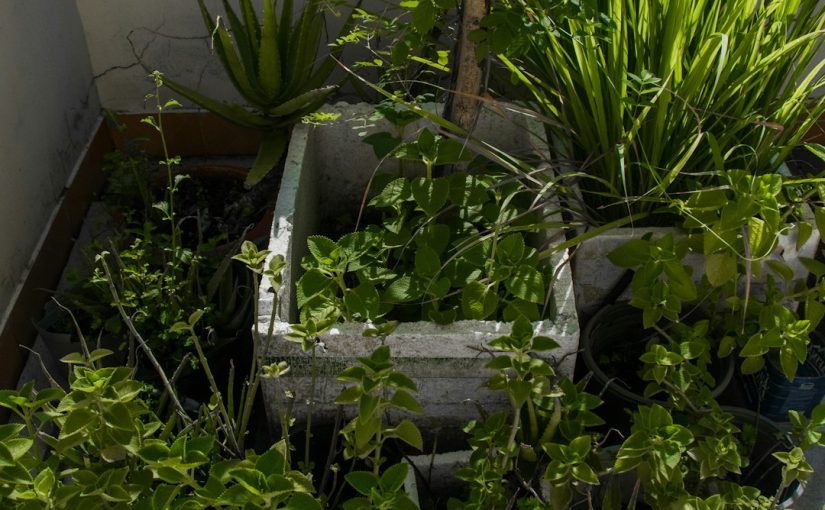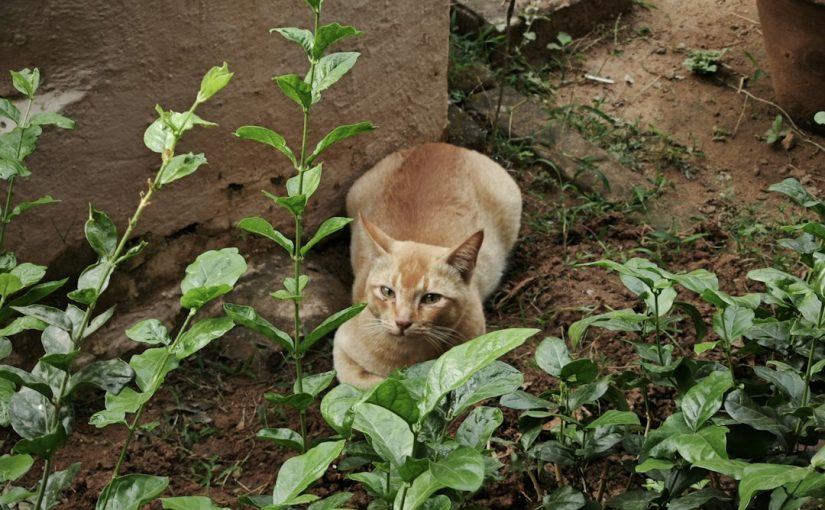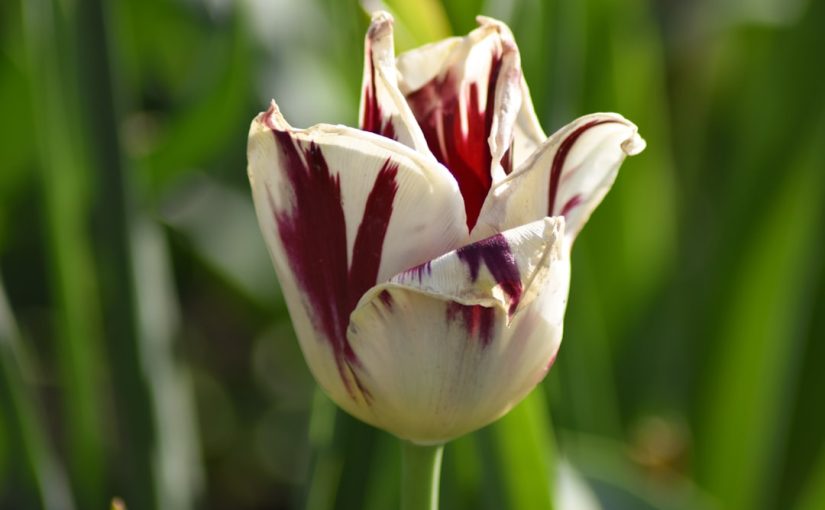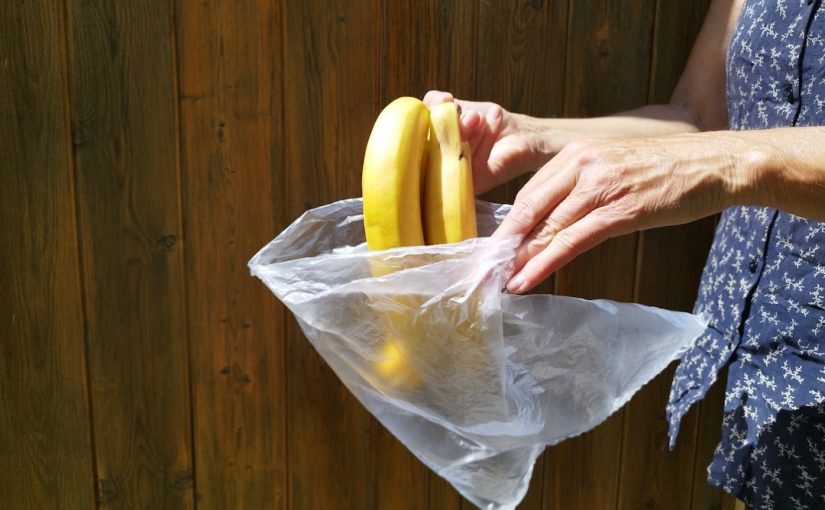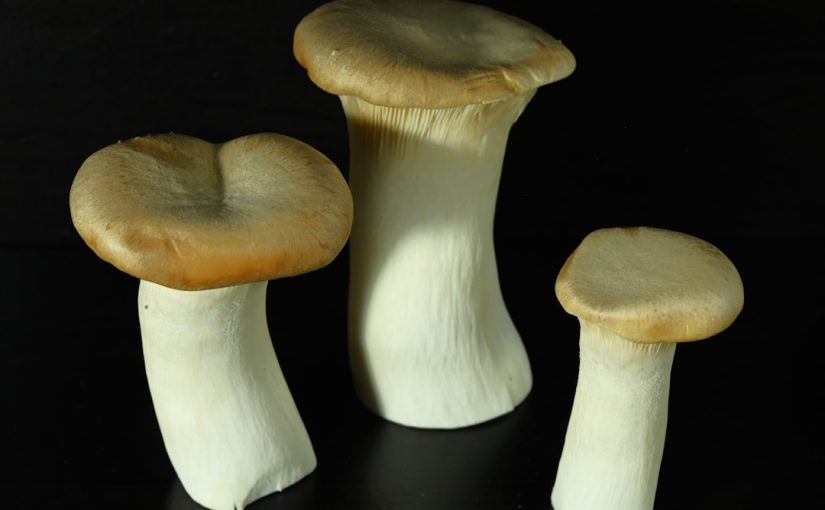Welcome to the world of magnificent evergreens, where towering stature meets unwavering stability. In landscaping and ecological planning, the choice of trees profoundly impacts the long-term health and aesthetics of a site. This article delves into a specific, highly beneficial category: evergreens known for their impressive height and robust, deep root systems. These remarkable trees offer more than just year-round greenery; they provide exceptional wind resistance, critical soil stabilization, unparalleled privacy screens, and a majestic presence that transforms any environment. Understanding the unique characteristics and advantages of these foundational evergreens is key to creating resilient, beautiful, and sustainable landscapes that endure for generations.… Read the rest
The Best Potting Soil for Dracaena Marginata
When it comes to nurturing your indoor greenery, few things are as crucial as the foundation you provide: the potting soil. For the elegant Dracaena marginata, often admired for its slender, upright stems and striking spiky foliage, selecting the right soil isn’t just a recommendation; it’s a necessity for its long-term health and vibrant growth. Many common houseplant woes, from yellowing leaves to root rot, can be traced back to an unsuitable growing medium. This article delves deep into what makes an optimal potting mix for your Dracaena marginata, exploring the essential characteristics and components that will ensure your plant thrives, not just survives, in its container environment.… Read the rest
The Best Top Soil to Manure Ratio for Your Garden
Cultivating a thriving garden often hinges on one fundamental element: the soil. More specifically, the delicate balance of its components. Gardeners frequently ponder how to enrich their soil, and manure consistently emerges as a powerful, natural solution. However, simply adding manure isn’t enough; the key lies in understanding the optimal ratio of topsoil to manure. This precise balance ensures your plants receive adequate nutrients without being overwhelmed, fostering robust growth, improved soil structure, and a vibrant ecosystem beneath the surface. This article will delve into the critical aspects of achieving this perfect blend, guiding you through the science and practical application of manure incorporation to elevate your gardening success.… Read the rest
Home Remedies for Webworms in Your Trees
The beauty and shade provided by mature trees are invaluable, yet their health can sometimes be compromised by common pests like webworms. These notorious larvae, primarily fall webworms (Hyphantria cunea), are known for constructing unsightly silken nests that can engulf branches and defoliate parts of your beloved trees. While their damage is rarely fatal to established trees, it can weaken them, making them susceptible to other issues, and certainly detract from their aesthetic appeal. Rather than resorting to harsh chemical treatments, many homeowners are seeking environmentally friendly and cost-effective solutions. This article will delve into a range of practical and effective home remedies to help you combat webworms and restore your trees’ vitality naturally.… Read the rest
What Does an Overwatered Avocado Tree Look Like?
Avocado trees, with their luscious fruit and vibrant foliage, are a prized addition to many gardens. However, these tropical beauties have a specific Achilles’ heel: water. While they appreciate consistent moisture, their shallow, sensitive root systems are exceptionally prone to damage from overwatering. This common misstep can quickly lead to a cascade of problems, often mimicking other issues, making diagnosis tricky for the untrained eye. Recognizing the distinctive signs of an overwatered avocado tree is not just about identifying a problem; it’s about understanding the distress signals your tree is sending and acting swiftly to prevent irreversible damage. From subtle leaf changes to more severe root issues, knowing what to look for can be the difference between a thriving tree and a dying one.… Read the rest
Is Fatsia Japonica Poisonous to Cats?
The lush, architectural beauty of Fatsia Japonica, often known as Japanese Aralia, makes it a popular choice for both indoor and outdoor gardening. With its distinctive, deeply lobed leaves and hardy nature, it brings a touch of exotic elegance to many homes and landscapes. However, for cat owners, the introduction of any new plant, no matter how attractive, always comes with a critical question: is it safe for our beloved feline companions? Cats are naturally curious creatures, often inclined to nibble on greenery, making plant toxicity a significant concern. This article aims to address these worries directly, providing comprehensive information on whether Fatsia Japonica poses a risk to cats, what symptoms to look for, and how to ensure a safe environment for your pet.… Read the rest
A Good Alternative to Oleander for Your Garden
For many gardeners, the oleander (Nerium oleander) represents the quintessential Mediterranean landscape – robust, drought-tolerant, and adorned with an abundance of vibrant flowers that bloom for months. Its impressive resilience and aesthetic appeal make it a popular choice, particularly in warmer climates. However, behind its captivating beauty lies a significant danger: *every part of the oleander plant is highly toxic* if ingested, posing a serious risk to children, pets, and even livestock. This inherent toxicity prompts a crucial question for conscientious gardeners: can we achieve a similar visual impact and horticultural hardiness without compromising safety? This article explores excellent, non-toxic alternatives to oleander, guiding you toward creating a breathtaking yet safe haven in your garden.… Read the rest
Are Tulips Poisonous to Humans?
Tulips, with their vibrant colors and elegant forms, are a quintessential symbol of spring, gracing gardens and floral arrangements worldwide. Their beauty is undeniable, bringing joy and a fresh aesthetic to any setting. However, beneath their charming facade lies a common question among enthusiasts and curious minds alike: are these beloved blooms safe, or do they harbor a hidden danger? Specifically, are tulips poisonous to humans? This article aims to unearth the truth about tulip toxicity, exploring the specific compounds responsible, the symptoms one might experience upon exposure, and, most importantly, how to safely enjoy these exquisite flowers without concern. We’ll delve into practical advice for gardeners, parents, and pet owners, ensuring that your appreciation for tulips remains untainted by unnecessary worry.… Read the rest
Is It Safe to Eat Fruit After a Malathion Spray?
The journey from farm to table for our beloved fruits often involves a delicate balance of nurturing growth and protecting against pervasive pests. One of the tools frequently employed in this battle is malathion, a widely used insecticide designed to safeguard crops. However, its application inevitably raises a pertinent question for health-conscious consumers: Is it safe to eat fruit after a malathion spray? This concern is entirely valid, reflecting a natural desire to understand the potential implications of pesticide residues on the food we consume. Navigating this topic requires a clear understanding of what malathion is, how it behaves in agricultural settings, and the rigorous regulatory frameworks in place to ensure food safety.… Read the rest
Mushrooms That Grow on Sugar Maple Trees
The majestic sugar maple, Acer saccharum, is a cornerstone of North American forests, revered for its vibrant autumn foliage and the sweet bounty of its sap. Yet, beneath its iconic canopy and along its sturdy trunk lies a lesser-known world of intricate ecological interactions. This magnificent tree serves as a host for a diverse array of fungi, from the microscopic mycelia threading through its wood to the conspicuous fruiting bodies we recognize as mushrooms. These fungal companions play crucial roles in the maple’s life cycle and the broader forest ecosystem, sometimes aiding decomposition, other times indicating potential tree health issues, and occasionally providing culinary or medicinal treasures.… Read the rest


